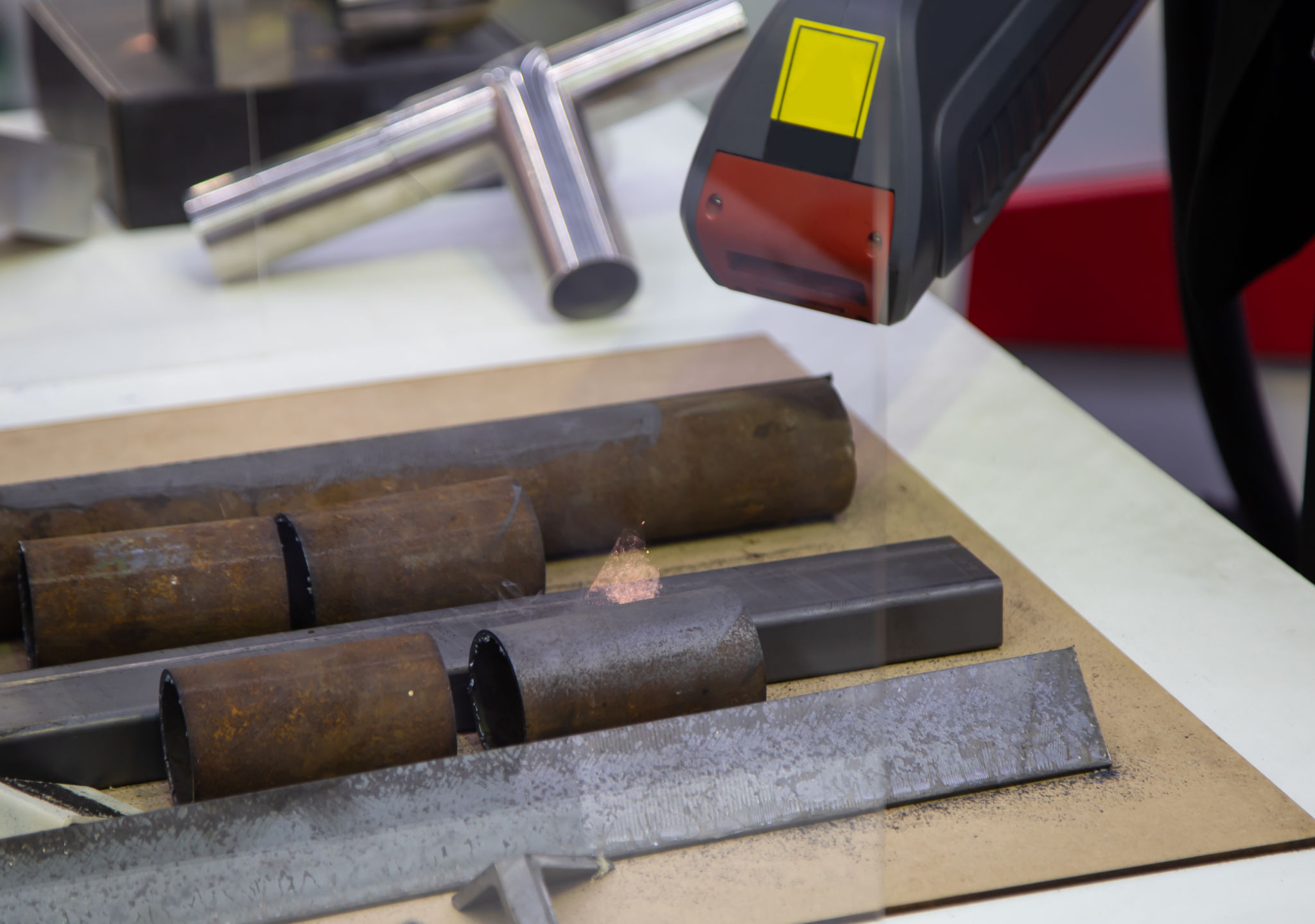The Benefits of Laser Rust Removal for Your Vehicle
Understanding Laser Rust Removal
Rust is a common issue for vehicle owners, particularly in areas with high humidity or exposure to road salt. Traditional methods of rust removal, like sandblasting or chemical treatments, can be messy and damaging to the vehicle's surface. This is where laser rust removal comes in as a highly effective and non-invasive solution.
Laser rust removal uses concentrated light energy to vaporize rust and other contaminants from metal surfaces. This process is not only precise but also environmentally friendly, as it doesn't require the use of chemicals or create waste byproducts.

Advantages of Laser Rust Removal
Precision and Control
One of the main benefits of laser rust removal is the precision it offers. Laser systems can be finely tuned to remove rust without affecting the underlying metal. This level of control ensures that your vehicle's integrity and appearance remain intact.
Unlike abrasive methods, lasers can target only the rusted areas, leaving the surrounding paint and metal untouched. This minimizes the risk of further damage and reduces the need for extensive repairs.
Cost-Effectiveness
While the initial investment for laser rust removal equipment may seem high, the long-term savings are significant. The efficiency and precision of lasers reduce labor costs and the need for additional materials. Furthermore, the decreased risk of damage lowers the potential for costly repairs down the line.

Environmental Impact
Laser rust removal is a greener alternative to traditional methods. It eliminates the need for harsh chemicals that can harm the environment and pose health risks to workers. Additionally, it produces no secondary waste, such as grit or solvent runoff, making it a cleaner option for rust removal.
By choosing laser rust removal, vehicle owners can contribute to a more sustainable and eco-friendly approach to vehicle maintenance.
Enhanced Safety
Non-Contact Process
The laser rust removal process is non-contact, which means there's no physical abrasion involved. This reduces the risk of accidental injuries to technicians and minimizes wear and tear on the vehicle's surfaces.
Moreover, as there are no chemicals involved, workers are not exposed to potentially harmful substances, ensuring a safer working environment.

Conclusion
Laser rust removal offers numerous benefits for vehicle maintenance, including precision, cost-effectiveness, environmental safety, and enhanced safety for workers. As the technology becomes more accessible, it is likely to become the preferred method for tackling rust issues in vehicles.
For vehicle owners looking to maintain their investment while embracing modern, sustainable practices, laser rust removal presents an attractive option.
